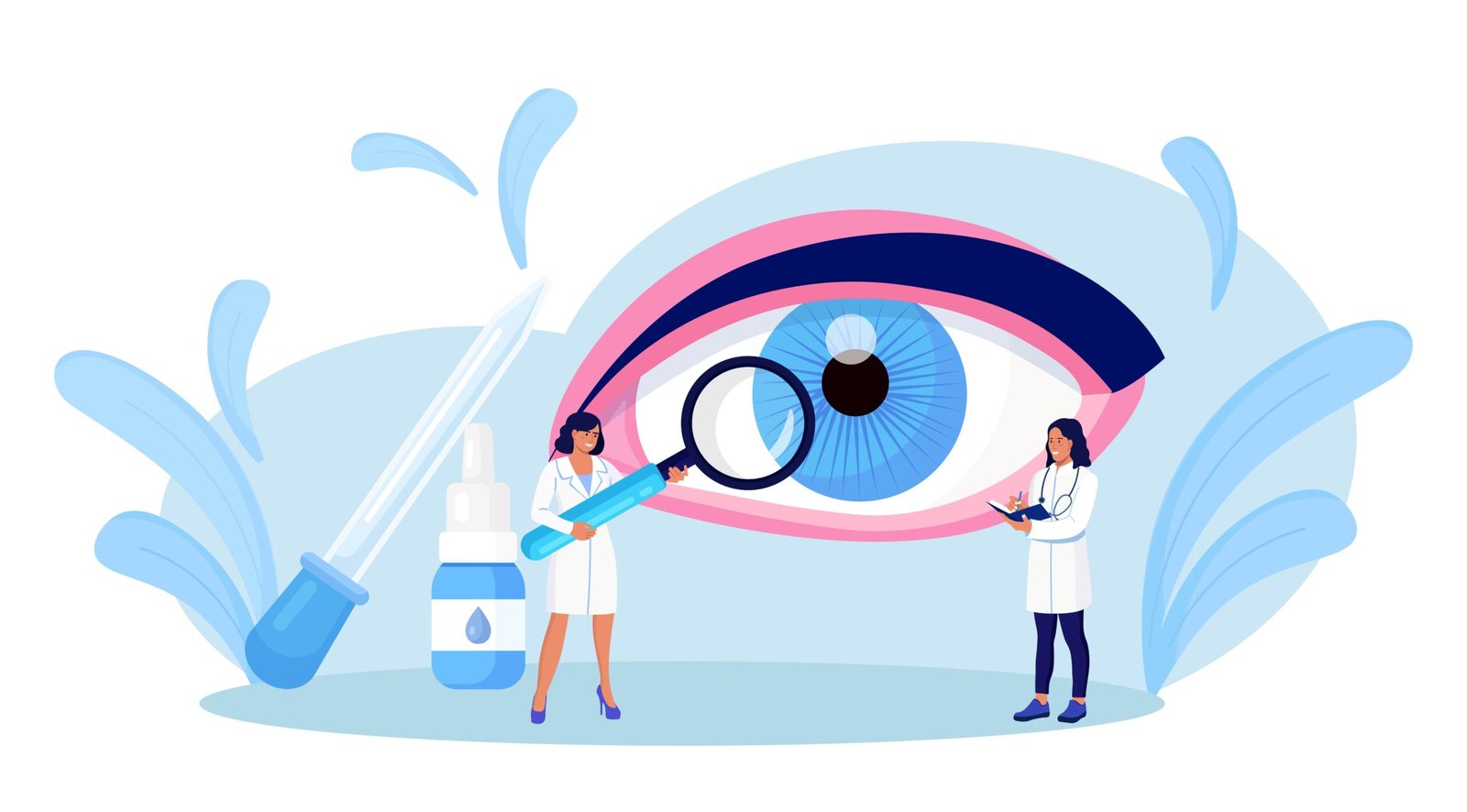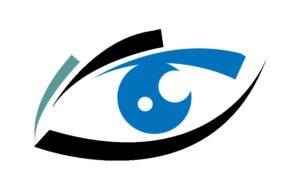
Low Vision
A person with a low vision has a vision loss that can’t be corrected with glasses, contacts or even surgery. Though, it isn’t blindness. The person has a limited sight with conditions like blind spots, poor night vision and blurry sight. The visual acuity of eyes is less than 6/18 to light perception or a visual field of less than 10 degrees from the point of fixation.
Category | Corrected VA better eye | WHO definition | Working |
0 | 6/6 – 6/18 | Normal | Normal |
1 | 6/18 – 6/60 | Visual Impairment | Low Vision |
2 | 6/60 – 3/60 | Severe visual impairment | Low Vision |
3 | 3/60 – 1/60 | Blind | Low Vision |
4 | 1/60 – PL | Blind | Low Vision |
5 | No PL | Blind | Low vision |
Signs & Symptoms of Low Vision
Children
Albinism
ROP
Congenital malformation
Optic neuropathy
Young Adults
Keratoconus
Ocular injuries
Late manifestation of congenital malformation
Old age
Glaucoma
ARMD
Diabetic maculopathy
Macular degeneration
Retinal degeneration
etc
Treating Low Vision
The common treatment involves solutions to improve or enhances residual vision by magnifying the image of the object at the retinal level. This is achieved with the help of optical or non-optical devises. This aid helps the person with low vision be more independent independence and allows exposure to enriching experiences with ease in working on day-to-day activities.
Prescribing Low Vision Aids
A lot of factors can contribute when selecting the correct solution or aid. To get the best out of the aid factor like need, goal, handling ability, cost etc must be evaluated. A cautious clinical history is important in setting goals based on real expectations.
In case of children, occupational therapists may be contacted to help them learn to be self-reliant. A supportive home and school environment can help the child cope better with low vision.Also; a child must be a part of the selection as a child who participates in selecting the aid is more likely to learn how to handle it.
It is important to consider that each category of visual device has its advantages and disadvantages. In low-vision daily practice, it is common for a child to have more than one aid. Regular monitoring of the use and effectiveness of the aid prescribed is necessary to set up more advanced goals.
When to Prescribe Low Vision Aids?
Optical aids for near vision are introduced when the reduction of the distance between the object and the eye does not allow the necessary range or when the accommodative effort is too large.
For a child with VA up to 20/200a stand magnifier or a hand magnifier can be used for reading small-print books such as dictionaries.
For VA less than 20/200, optical aids should be recommended earlier. When the VA is less than 20/400 and the central scotoma greater than 30 degrees, a video magnifier is indicated.
For VA equal to or less than 20/800, reding aids such as Braille and computer sound systems could be included, with or without other resources.
Orientation and mobility techniques should be stimulated at all low vision levels.
Types of Low Vision Aid Devices
Optical devices
Magnifying spectacles
Hand magnifiers
Stand magnifiers
Telescopes
Intraocular low vision aids
Other optical devices
Non optical devices
Approach magnification
Lighting
Contrast enhancement
Increased size object
Electronic magnifiers (CCTV, LVIS, V-max)
Writing and communication devices
Orientation and mobility LVAs
